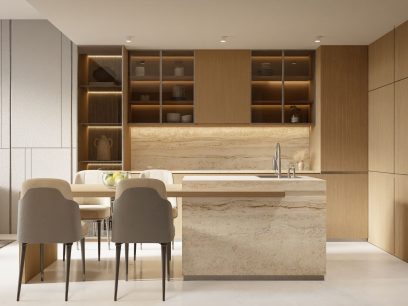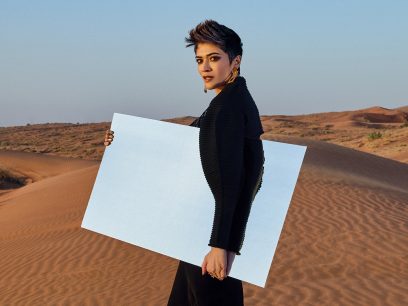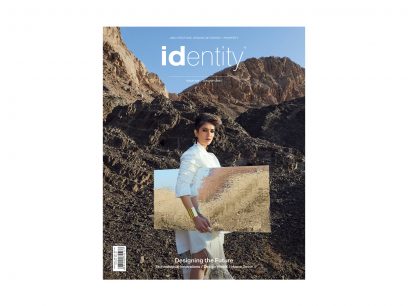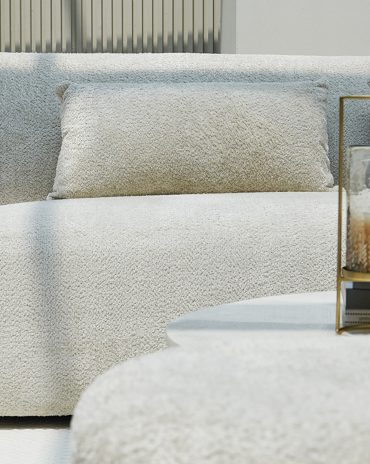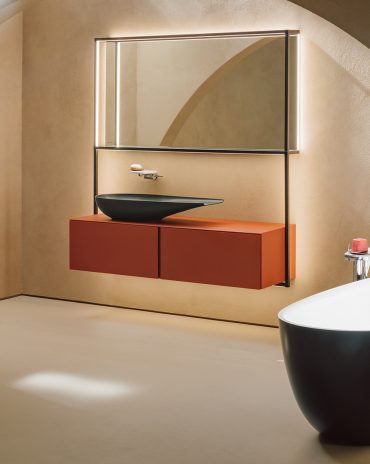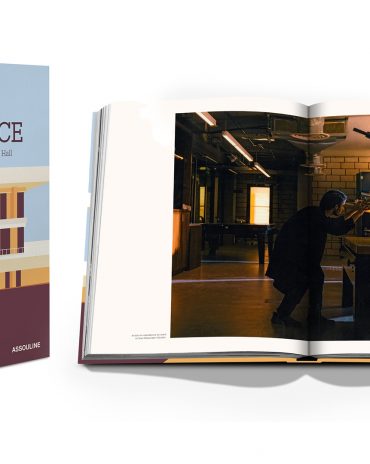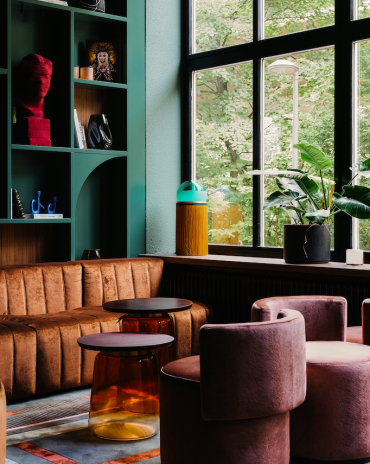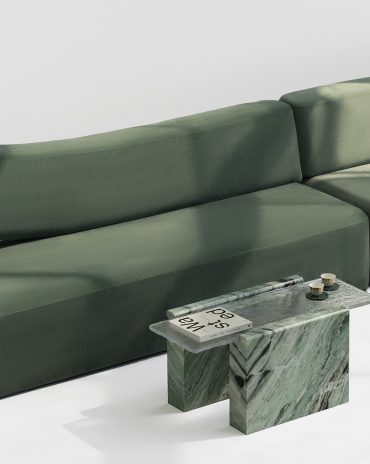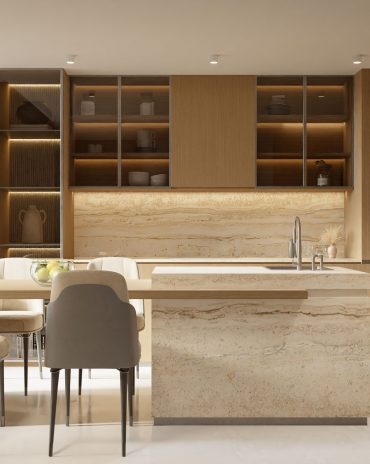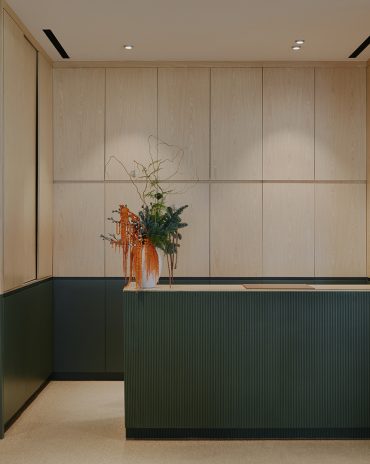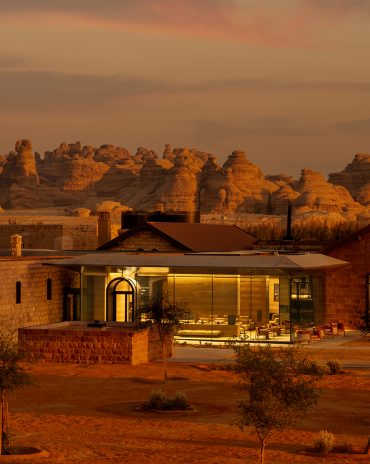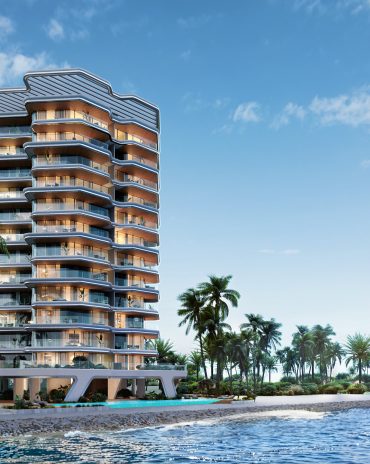Copyright © 2025 Motivate Media Group. All rights reserved.
Paola Anziché’s residency at Tashkeel merges textiles from Loro Piana and local materials from the UAE
The Italian artist's residency investigates the heritage of the UAE through textiles and materials
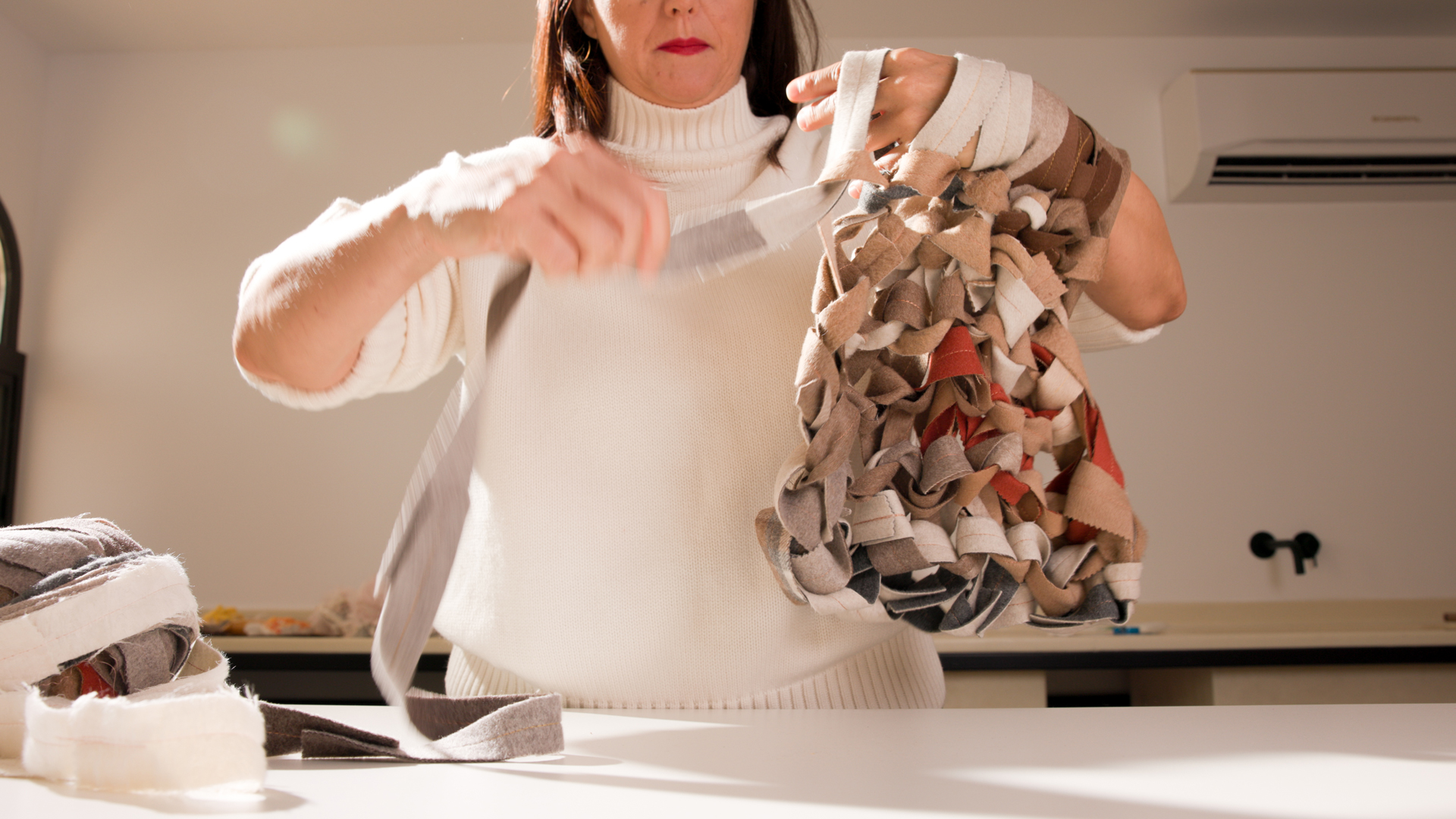
Exploring the intersections of heritage, culture and nature, Turin-based artist Paola Anziché has applied her research-led practice to create a new series of textile sculptures and forms for her four-month residency at Tashkeel, in collaboration with fashion house Loro Piana under the Tashkeel Residency programme.
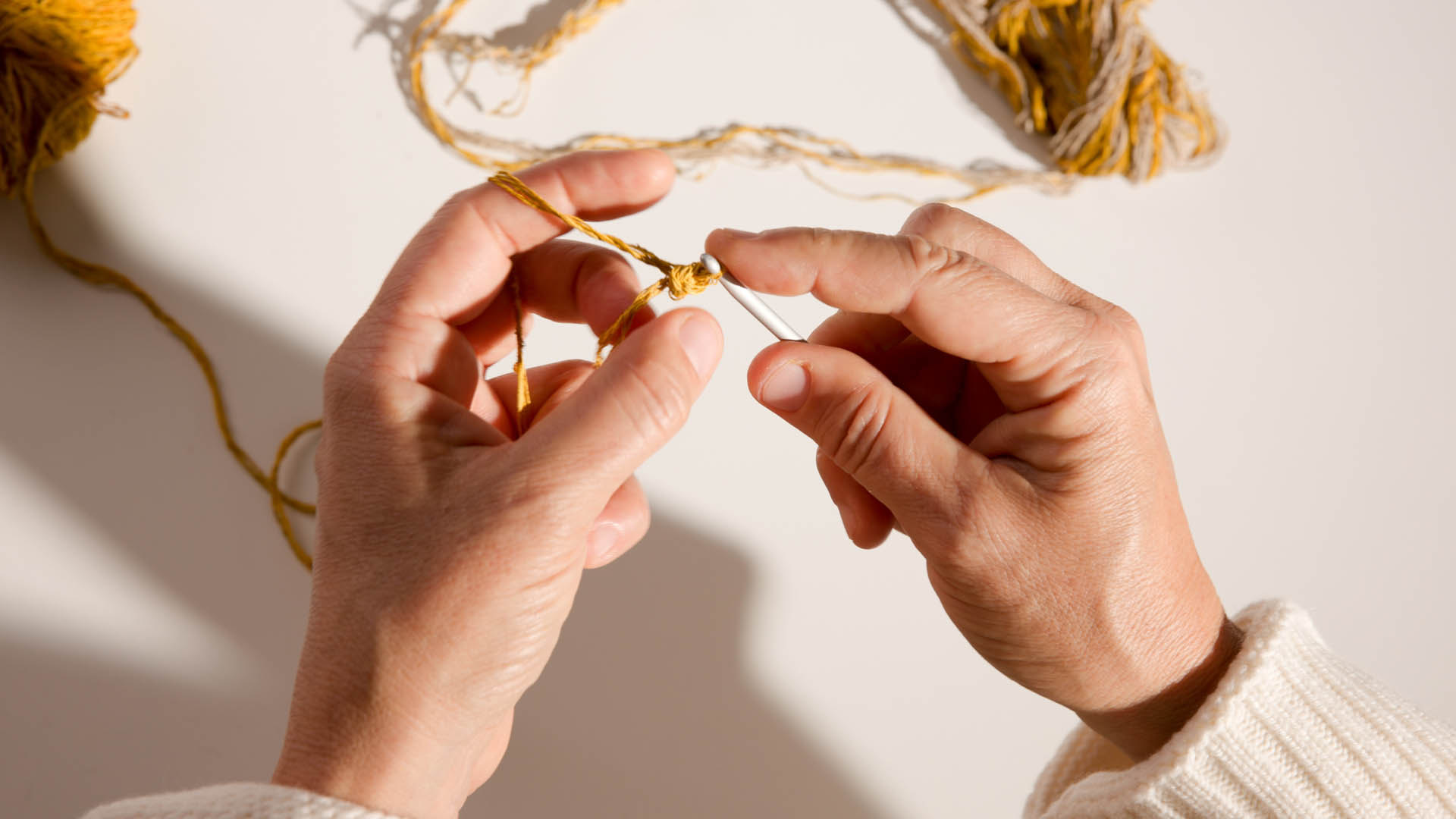
A textile expert in her own right, Anziché used Loro Piana raw fibres – off-cuts sourced from its factories including wool, cashmere, silk and lotus flower – and intersected them with traditional local fabrics and materials that are closely linked to the heritage of the UAE.
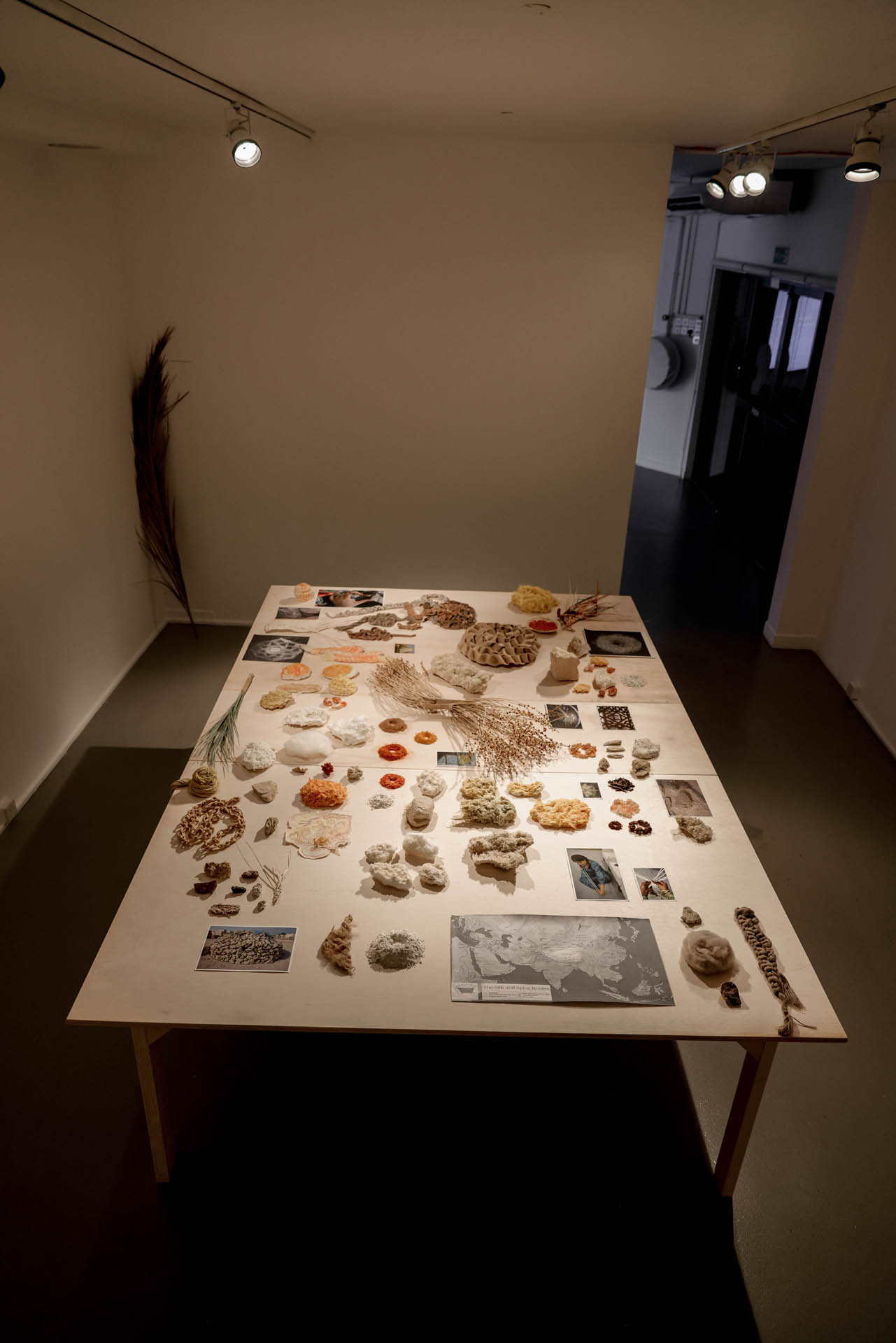
“‘Seeing with your hands’ is the expression with which I define my artistic practice, where every work, every sculpture, is created by experimenting with different weaving and interweaving techniques,” the artist tells identity. “The preparation for such manual practice involves the collection of texts and images, which in turn leads me to create a sort of archive to feed my research.
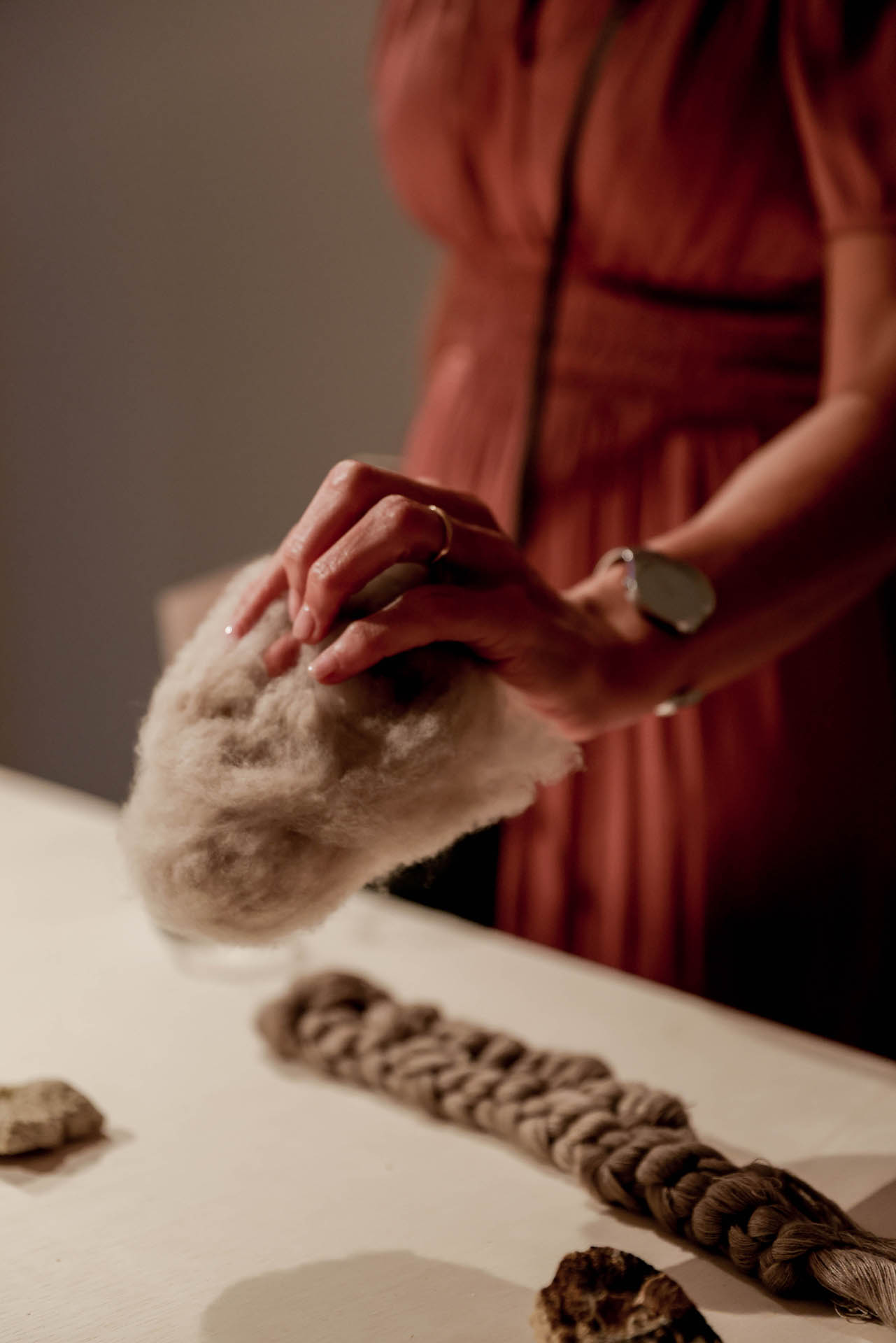
“My interest in the gestural aspects of weaving stems from an intention to reproduce (and reinterpret) the purity of a non-verbal language that has been developed over time and communicated through the action of hands… Every material is chosen for its precise physical characteristics. These influence both the design process and the creative methods used. In doing so, it is possible to retrace the history, the original context and, in some way, the uniqueness of each fibre,” she says.
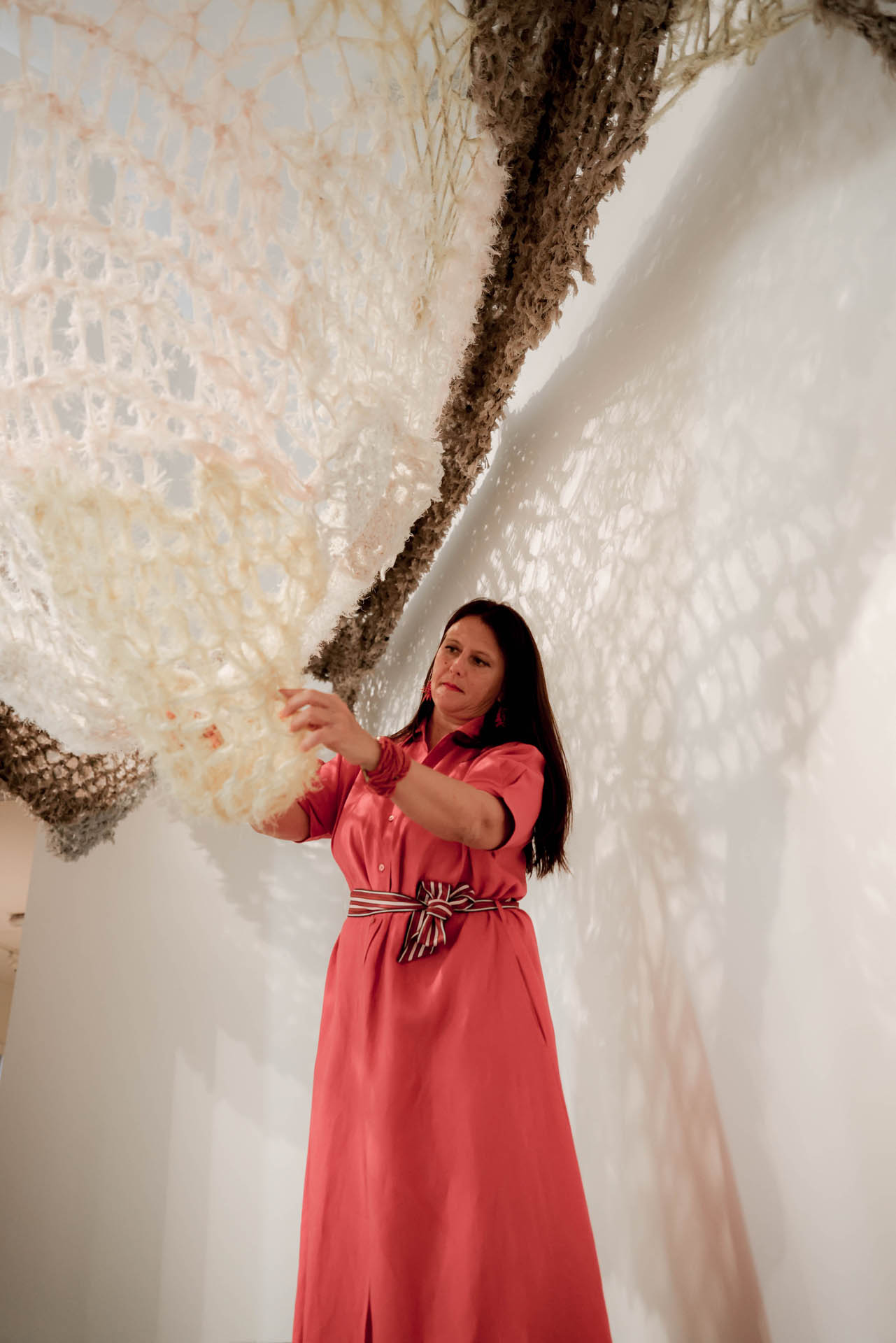
Her body of work at Tashkeel, titled ‘Entwined Matter’, investigates what, to the artist, is the ‘hidden’ culture that surrounds Dubai and beyond. She explored traditional architecture and archaeological locations across the Emirates and became introduced to those safeguarding the art of traditional crafts through the Bidwa Social Development Programme, a centre in Dibba Al Hisn run by Irthi Contemporary Crafts Council.
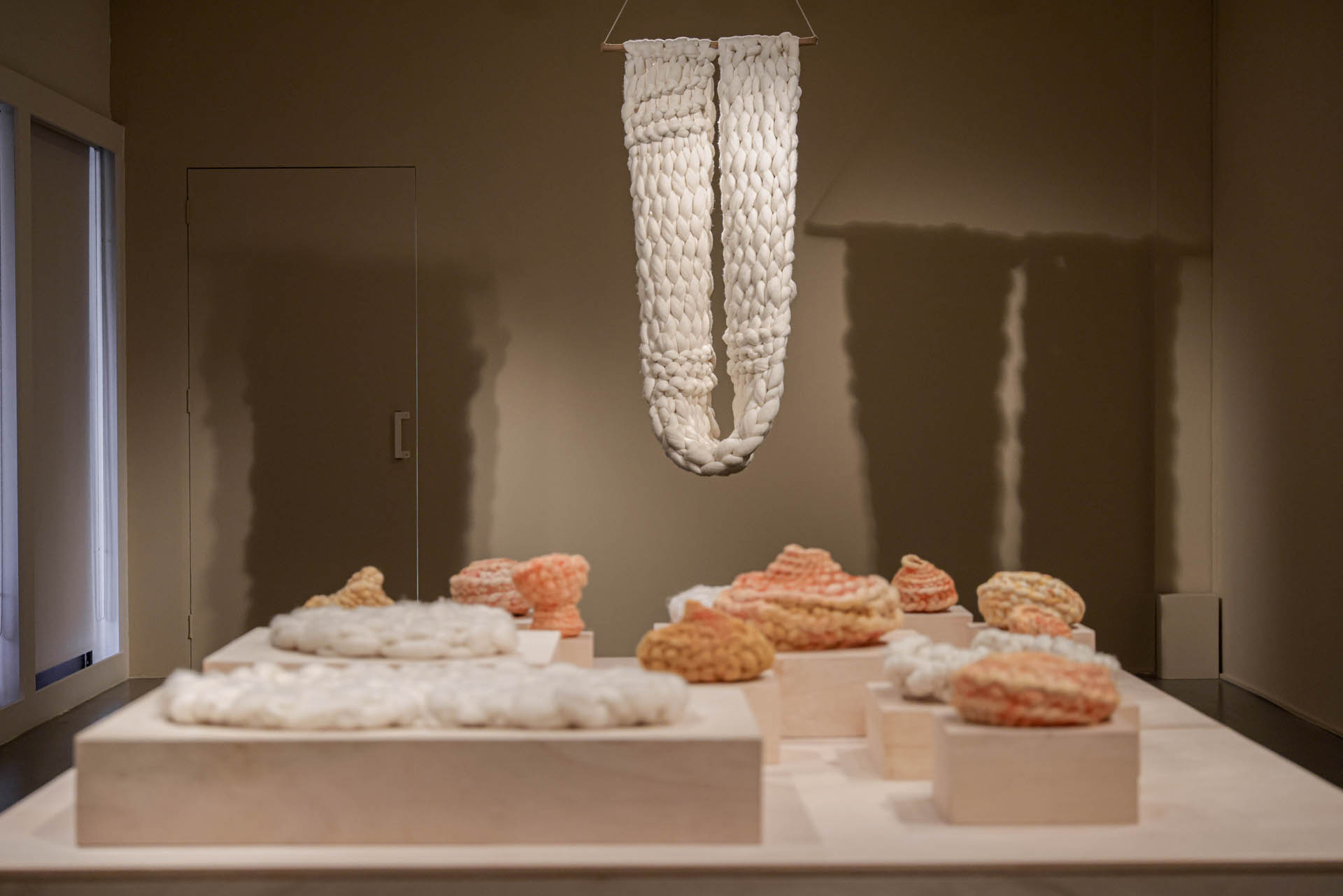
“By carefully observing places and environments, I discovered a wealth of references implicit in them: the large corals traditionally used as bricks in the buildings of Al Hamra Village, Ras Al Khaimah (precious fractal geometries); the varying shades of sand (especially noticeable at sunset) at Al Jahili Fort in Al Ain; the chromatic variations of the sands at Meliha Archaeological Centre and Buhais Geology Park in Sharjah; as well as the suggestive ‘crusts’ of sand and salt found in the salt lakes (‘sabkha’ in Arabic) of Al Wathba, Abu Dhabi,” Anziché shares.
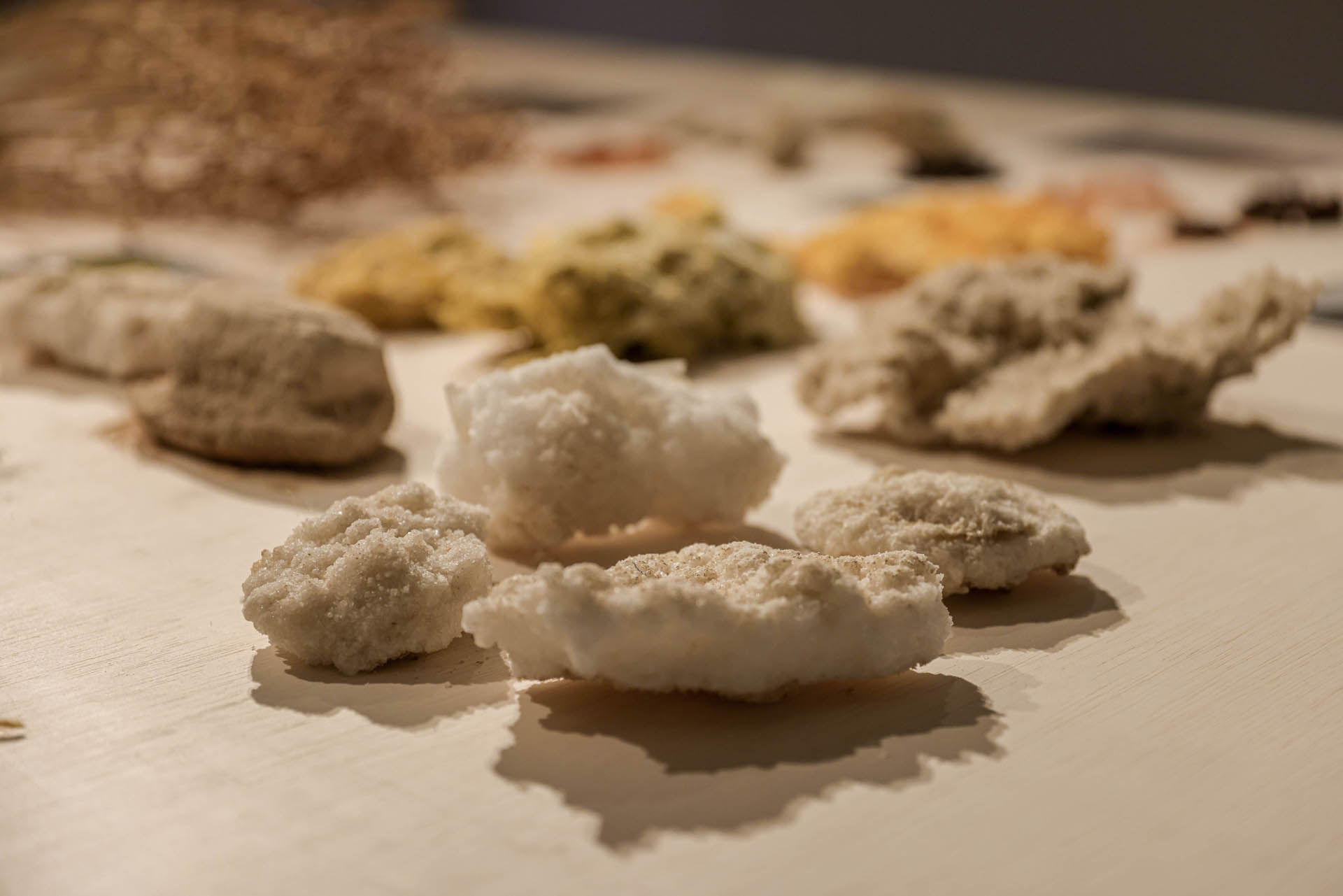
As a result, the artist has integrated elements of the region into the textiles and fibres: she used spices as a symbol of the ancient relationships and trading routes between the UAE and its neighbouring countries; salt, referring to the importance of obtaining drinkable water through desalination as well as references to the salt lake (sabkha) formations in the desert; and ‘the sun’ which, she says, plays an active role in marrying the spices and the fabrics, as well as in combining the salt.
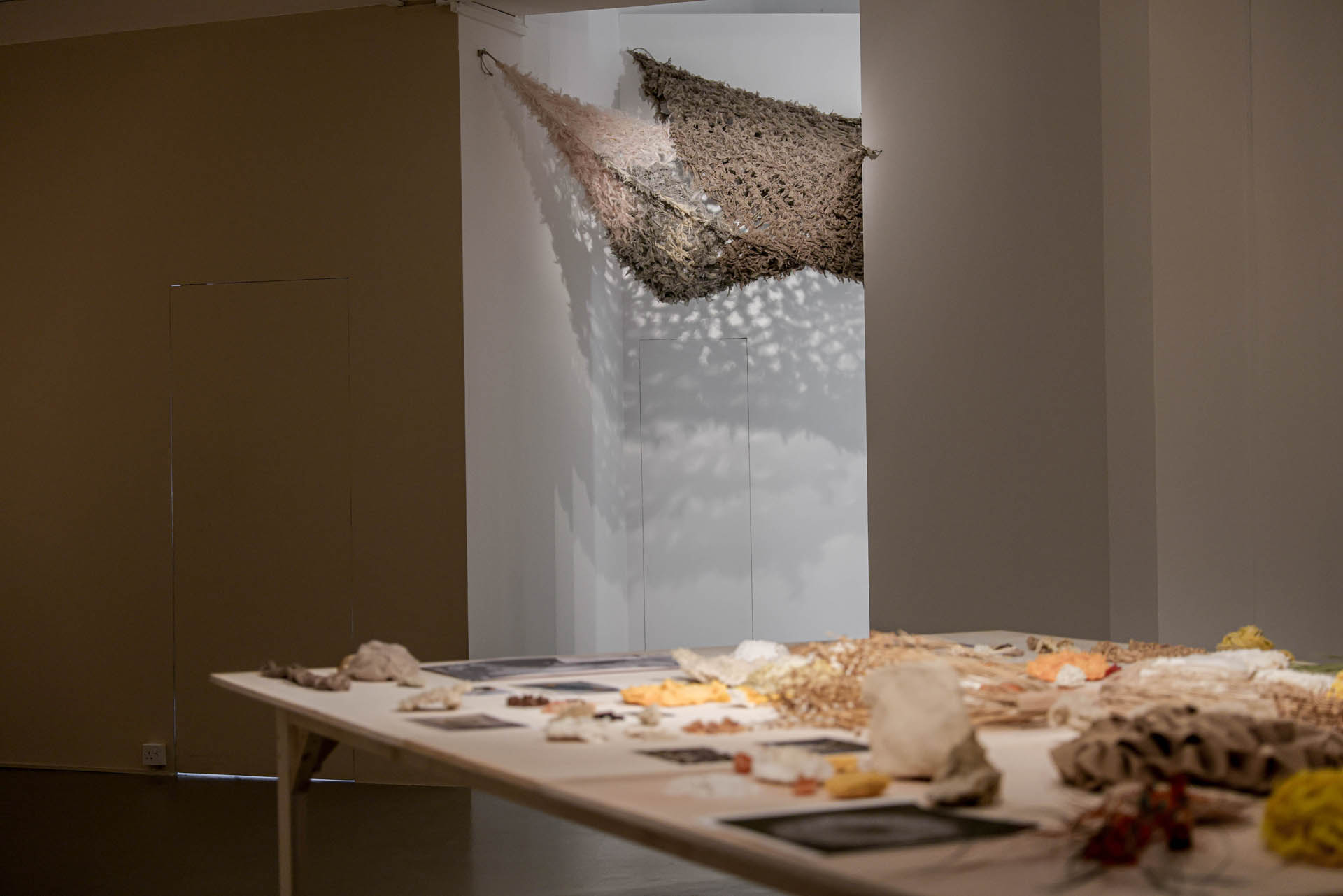
Another active component in the artist’s work is the connection between the pieces and their audiences: “The bond between the body and the work is a constant in my practice,” says Anziché. “I often choose to place the viewer close to a piece so that it forms an experience in their memory. The viewers must be able to pass through, climb over, lean on and touch [the work].”
The Latest
Textures That Transform
Aura Living’s AW24 collection showcases the elegance of contrast and harmony
Form Meets Function
Laufen prioritises design, functionality and sustainability in its latest collections
Preserving Culture, Inspiring Creativity
Discover the Legacy of a Saudi Art Space: Prince Faisal bin Fahd Arts Hall explores the Hall’s enduring influence on the cultural fabric of Saudi Arabia
Channelling the Dada Spirit
Free-spirited and creative, The Home Hotel in Zurich injects a sense of whimsy into a former paper factory
id Most Wanted- January 2025
Falaj Collection by Aljoud Lootah Design
Things to Covet in January
identity selects warm-toned furniture pieces and objets that align with Pantone’s colour of the year
Shaping the Future of Workspaces by MillerKnoll
Stacy Stewart, Regional Director Middle East & Africa of MillerKnoll discusses the future and evolution of design in workspaces with identity.
Shaping Urban Transformation
Gensler’s Design Forecast Report 2025 identifies the top global design trends that will impact the real estate and built environment this year
Unveiling Attainable Luxury
Kamdar Developments has launched 105 Residences, a new high-end development in Jumeirah Village Circle.
The Muse
Located in the heart of Jumeirah Garden City, formerly known as ‘New Satwa’, The Muse adds to the urban fabric of the area
Cultural Immersion Meets Refined Luxury
The Chedi Hegra opens its doors in AlUla’s UNESCO World Heritage Site
Redefining Coastal Luxury
Sunshine Bay on Al Marjan island combines seaside views, exceptional design, and world-class amenities to create a unique waterfront haven


